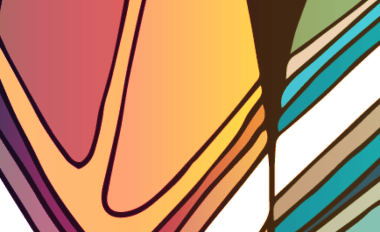The health and wellbeing of our communities is underpinned by strong culture and a strong sense of connection with it.15
Aboriginal Cultural Heritage comprises the intangible and tangible aspects of the whole body of cultural practices, resources and knowledge systems that have been and continue to be developed, nurtured, refined and passed on by Aboriginal Peoples as part of expressing their cultural identity.16 It creates and maintains continuous links between People, lands and waters. It shapes identity and is a lived spirituality fundamental to the wellbeing of communities through connectedness across generations.17
The AHA seeks to protect Aboriginal Cultural Heritage through the empowerment of Traditional Owners as protectors of their heritage by strengthening their right to maintain their spiritual, Cultural material and economic connection to it.18 In implementing the aims of the AHA, the Victorian Aboriginal Heritage Council’s purpose is to ensure
Traditional Owner led management, protection, education and enjoyment of Aboriginal Cultural Heritage for the benefit of all Victorians.19
Strong, healthy relationships require cultural safety, particularly when building relationships with non-Indigenous Victorians. An environment of respect, where Aboriginal Peoples feel that they can share their Culture without risking harm through disrespect or misuse is imperative. Relationships are the central way that Aboriginal Peoples can build their connections to their Cultural Heritage whilst connection to Country is intrinsically connected to the health and wellbeing of Aboriginal Peoples. The importance of the link to land, significant Cultural sites waterways and People and identity cannot be overlooked in legislation that aims to empower Aboriginal Peoples in the protection of their Cultural Heritage.
Ensuring that the image is there around kinship – We have kinship as People but can’t have it without Country – it is connected to the Country.
The shift in thinking from protection and salvage to caring for Culture through in-situ care and building relationships is illustrated in the following diagram:
Figure 1: Shift in thinking and approach to caring for culture
Protection
- Cultural Objects as ‘relics’
- Entrenched tangible/intangible thinking
- Principal interest group = archeologists
- Preservation and salvage approach
- Culture held in state museums
- Advisory capacity instead of decision-making authority
Taking care of culture
- In-situ care and ICIP Protocols for use of Cultural belonging
- Aboriginal communities - principal decision makers
- Self-determination & management
- Truth telling by those with Cultural authority
- Living Cultural Practice
- Caring for Country
- Communities are decision makers and have enforcement powers
- Wholistic view of people, Culture, and Country replaces tangible/intangible binary
The AHA defines Aboriginal Cultural Heritage as Aboriginal places, objects and Ancestral Remains. However, considering Cultural Heritage is a living cultural practice that includes what is considered intangible heritage, this definition doesn’t appear to go far enough.
Discussion question: Tell us what you think about Cultural Heritage as a living cultural practice?
- What does Aboriginal Cultural Heritage mean to you?
- How do Aboriginal Peoples want to connect with Aboriginal Cultural Heritage?
- In what way can Aboriginal Peoples realise their interaction with Cultural Heritage?
- Does the definition in the AHA cover this? If not, how should it be defined?
- How should the state of Victoria’s Aboriginal Cultural Heritage be assessed?
- What indicators should be used to assess the state of Victoria’s Aboriginal Cultural Heritage?
Updated

